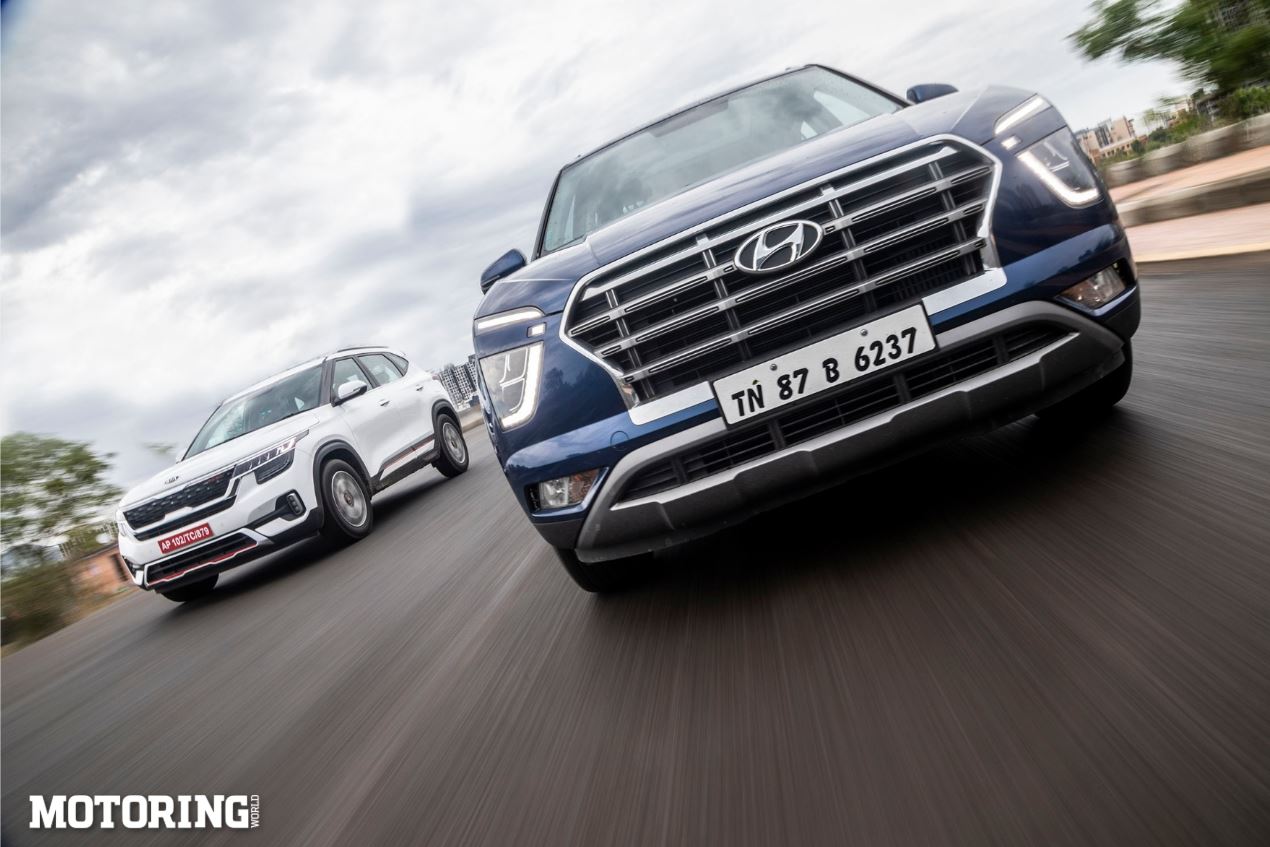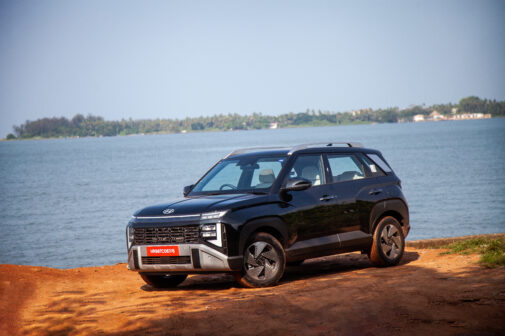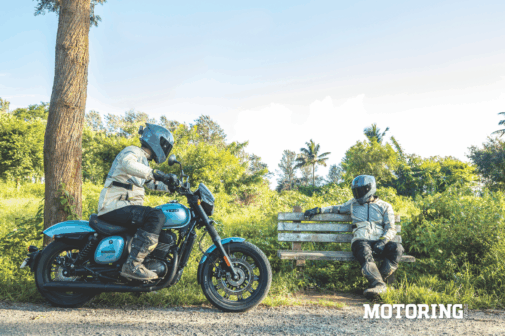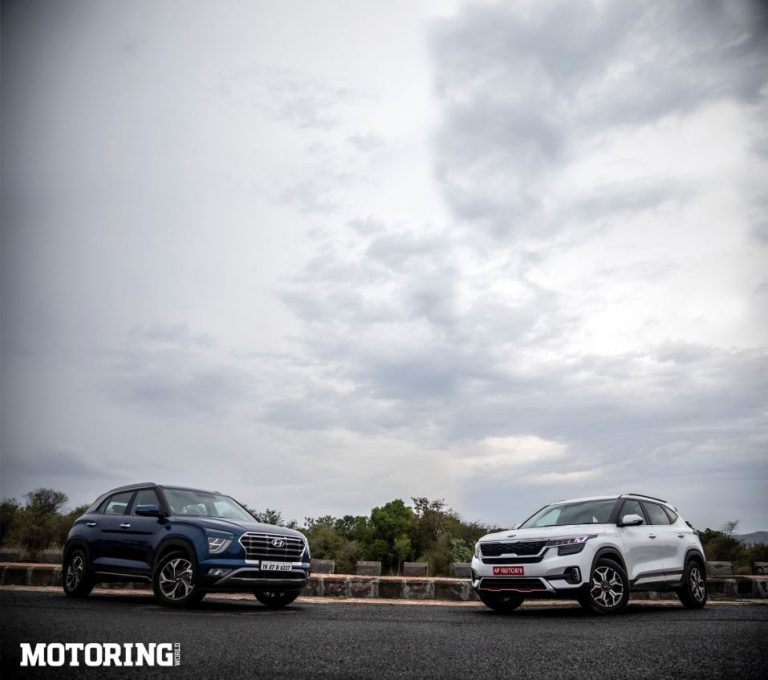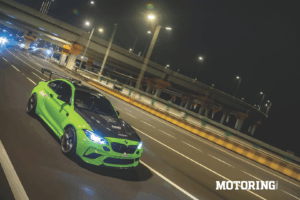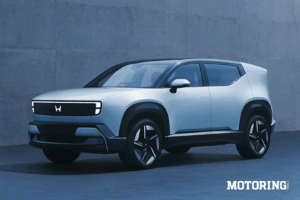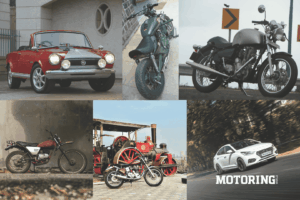These days, all that manufacturers need to ‘diversify’ and ‘create brands that tell their own stories’ is a global parts bin and a whole lot of photoshop licenses. Don’t know what I’m on about? Strap in for a story that will hopefully provide some perspective, a story of heartbreak and resilience.
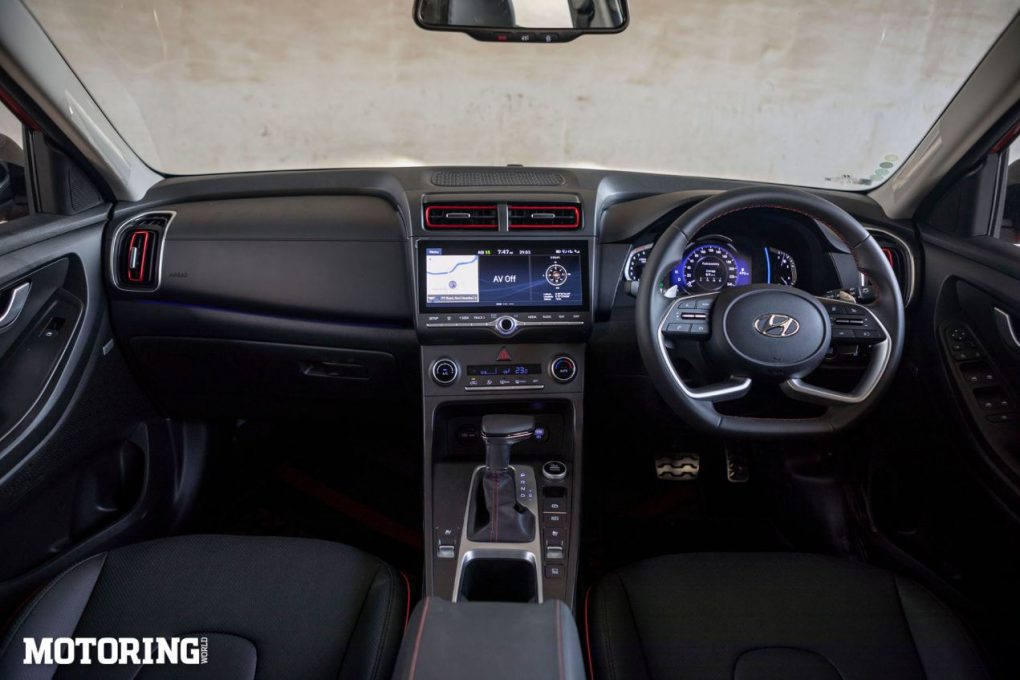
We start with an established and successful brand. We’ll call it the Hyundai Creta. It’s been going strong for six years, providing customers with exactly what they need. Lakhs of orders delivered without so much as a peep of a complaint. Everything runs like a well-oiled machine. All good then, right? Not exactly, there’s some competition on the horizon. We’ll call this the Kia Seltos. It’s a brand that does everything, and I mean everything, better than the Creta. Not only does it look fantastic, it’s got the hardware to match, too. Naturally, that means a major overhaul is on the cards. After much discussion and lots and lots of emails sent back and forth, the Creta 2.0 is out.

Other than its wild new looks, the second iteration the Creta performs similarly to the Seltos. Almost too similarly. They share the same wheelbase and even the powertrain options are the same? People are starting to suspect something is up and a little digging leads them straight to the fact that both of them are owned by the same parent company. Well, I guess the jig’s up now, time to pack up. Or is it? What is wrong with having two similar products on the market anyway?
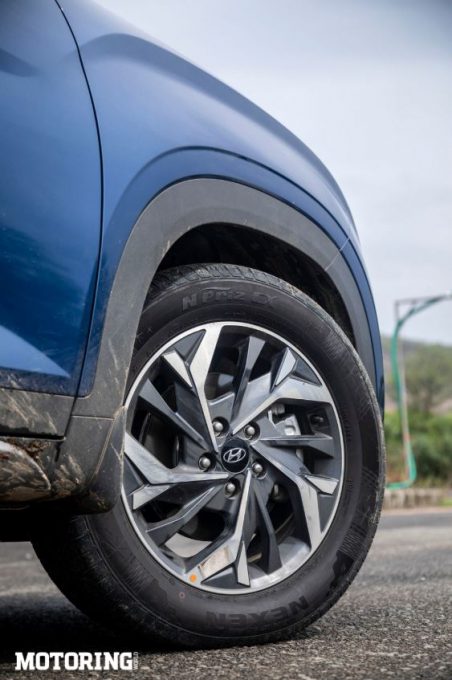
Well, a quick look at manufacturers like General Motors badge-engineering multiple models on the same platform tells you that it almost always ends in disaster. In the case of the General, it was eventually forced to kill off multiples of those brands to focus on its core business. There is, however, a difference between the Creta and the Seltos, and the GM badge-jobs. It is that the Koreans are actually competent cars. They not only cater to the customer’s needs, they also advance the segment as a whole with their innovations.
It’s not difficult to see that they’re so similar that a comparison isn’t really needed, because you simply can’t go wrong with either. And while that is true, they both do cater to slightly different audiences and there are a surprising number of differences between the two considering they share the same platform and powertrains. We’ve gathered here the top-of-the line turbo-petrol variants of both the Hyundai Creta and the Kia Seltos to see how they compare.

Performance from the 138-bhp 1.4-litre turbo-petrol is sprightly, and three drive modes and three traction-control modes let you choose how urgently you want the power to reach the wheels. In Sport mode, the exhaust note takes on a deeper growl, the transmission metes out lightning-fast shifts and throttle response is noticeably sharper. Sport mode is the place to be, unless you’re trying to make a litre of fuel last as long as possible.
The Seltos also has the better interior of the two, I think. There are a lot more soft-touch materials on the dash and it feels less plasticky. All the turbo-petrol Hyundais I’ve driven in the recent past have had the same all-black motif, which is great in a hot hatch, but I fear it doesn’t translate well to an SUV pushing ` 20 lakh on-road. It’s great on its own, but next to the Seltos’s dual-tone leatherette-clad interior, it feels rather bare.

The Seltos also has an infotainment screen that is placed high up and in the driver’s line of sight, and it also gets a head-up display to keep your eyes on the road. Interestingly, they both sport 17.78-cm screens in the instrument binnacle, but the Seltos adds a couple of analogue gauges for speed and engine revs, which frees up the screen to display the output from the incredibly helpful blind spot cameras. These cameras are also part of the Seltos’s 360-degree camera system, which makes parking in tight spots a cinch.
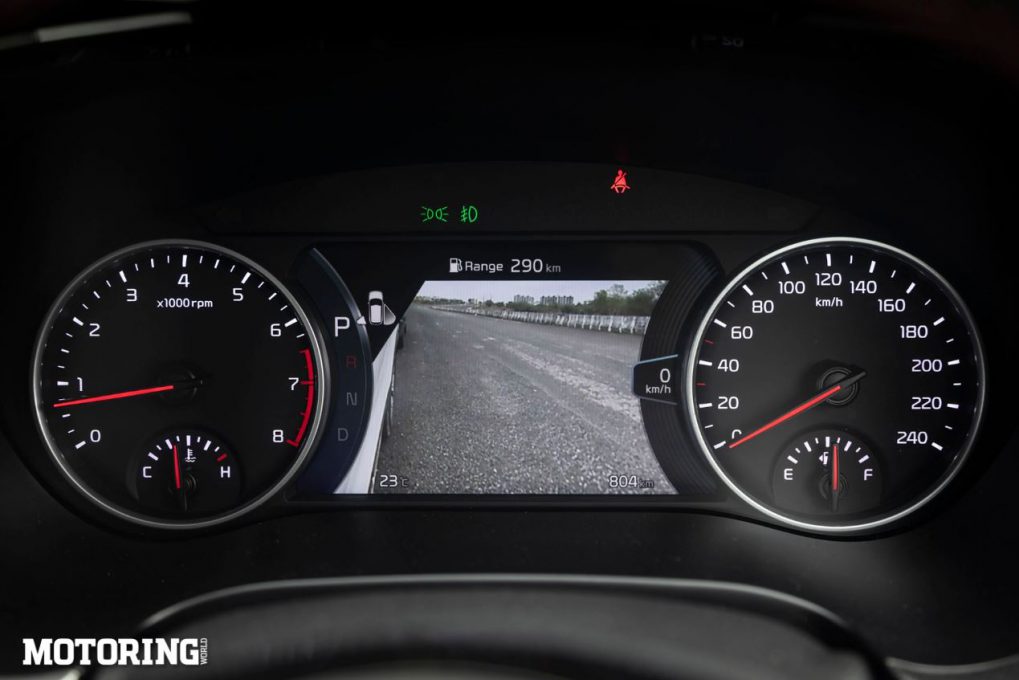
What the Creta gets over the Seltos is a beautiful full-length panoramic sunroof, the aforementioned paddle shifters on the steering wheel, and a rear seat that is more comfortable. The seat back angle is a little more relaxed and the squab is longer, giving the passengers better under-thigh support. Oh, the Creta also comes with additional pillows for the rear-seat headrests, in case you wanted to sneak in a quick nap before you reach your destination.
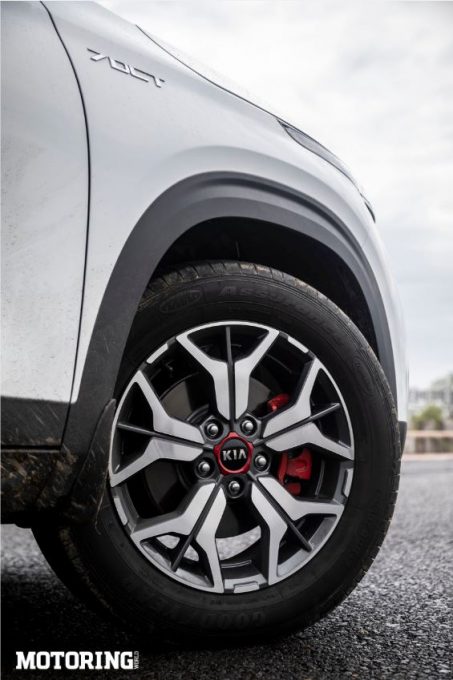
As far as choosing a winner, the Hyundai Creta is the better all-round car. It’s got the same performance as the Seltos in a far more comfortable package. If you can get past its looks, it is the one that will please a majority of people. Now, if you were looking for a sporty driver’s car, however, look no further than the Seltos. If you got bored and skipped reading the article in its entirety, choose whichever strikes your fancy and I can guarantee you, you won’t regret your choice. If it takes a made-up war to bring two brilliant SUVs to our market, maybe this war is good for something after all.
AUTODATA
HYUNDAI CRETA
POWERTRAIN
Displacement: 1353cc, inline-four, turbo-petrol
Max power: 138 bhp@6000 rpm
Max torque: 24.7 kgm@1500-3200 rpm
Transmission: 7-speed, DCT
TYRES
F/R: 215/60 R17
DIMENSIONS
L/W/H (mm): 4300/1790/1635
Wheelbase: 2610 mm
Fuel tank capacity: 50 litres
PRICE
Rs 17.2 Lakh (ex-showroom, India)
KIA SELTOS
POWERTRAIN
Displacement: 1353cc, inline-four, turbo-petrol
Max power: 138 bhp@6000 rpm
Max torque: 24.7 kgm@1500-3200 rpm
Transmission: 7-speed, DCT
TYRES
F/R: 215/60 R17
DIMENSIONS
L/W/H (mm): 4315/1800/1645
Wheelbase: 2610 mm
Fuel tank capacity: 50 litres
PRICE
Rs 17.29 Lakh (ex-showroom, India)





